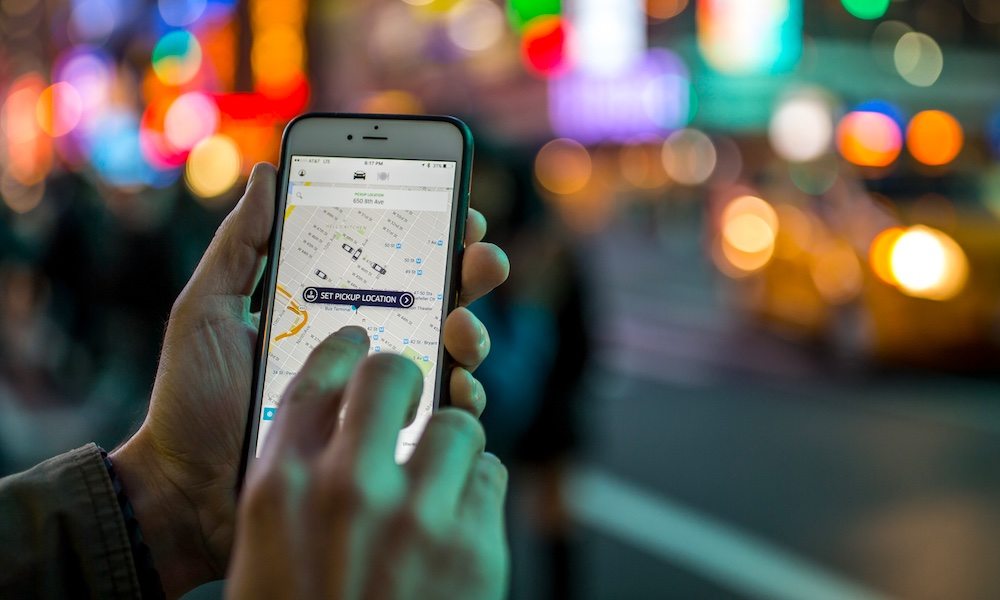How Uber Uses Psychological Tricks to Influence Its Drivers

Image via Silicon Sky
Toggle Dark Mode
If you’ve ever engaged in small talk with your Uber driver on a slow weeknight, chances are you’ll get an earful about his schedule for the day. He’ll talk about how many hours he’s driven so far, how many hours of driving he has left for the day, and about how much money he wants to earn by the end of the week (according to Uber, its drivers are mostly male, as is borne out anecdotally). At the end of an especially long and slow day, you’ll hear your Uber driver wonder aloud about whether he should call it a night, torn between going home and taking on just one more assignment. Often, he’ll tell you that he’d been planning to turn in for the night when your request came in, and that he’d assented to picking you up at the last minute because he might as well make a few extra bucks.
Social science explains why some Uber drivers seem to have had their brains hijacked by their occupation, unable to talk about anything else, because social science is being used to tug at their mental circuitry. A disconcerting, yet altogether unsurprising New York Times investigative report details how the ride-hailing giant has hundreds of social scientists in its employ who’ve been tasked with developing “psychological inducements and other techniques…to influence when, where and how long drivers work.”
Uber does this to keep its supply of drivers up, which reduces fares and wait times for passengers. When there aren’t enough drivers in a given area, Uber’s algorithm raises fares, creating a pricing “surge” that repels customers and pushes them to consider alternatives like public buses.
To this end, Uber has gamified its interface, leveraging graphics, messages, and reward systems to push drivers to work longer hours, and sometimes to choose to work at suboptimal times and locations that yield lower profits.
Uber sends drivers alerts about the next job before they’re finished with their current one, automatically queueing up new rides to maintain a steady workflow and keep drivers within a consistent rhythm. It regularly sends motivational messages cajoling them to stay on the road. Uber has even made it possible for passengers to award merit badges to drivers (complimenting them for “great conversation”, or having a “nice car”), in addition to giving them a five-star rating, to stoke drivers’ sense of accomplishment and fuel their competitive drive.

The app also repeatedly nudges drivers to set higher goals than the ones they’ve met. When they’re about to call it quits for the day, for instance, the app asks whether they’re sure they want to log off, reminding them that they’re just a few dollars away from meeting some arbitrary income goal (i.e. “You’re just $10 dollars away from making $300”).
This might all seem very manipulative. Indeed, these measures probably wouldn’t fly in typical workplaces, but Uber drivers are independent contractors with fewer protections under employment law. And, as Uber says, its self-employed drivers have the choice to stop working whenever they want.
While relying on independent contractors rather than employees lowers labor costs, this fact also poses a cat-herding problem for Uber, which has the task of corralling its worker base and motivating it to provide consistent service to customers. Uber’s sophisticated psychological operations are aimed at addressing this very issue, drawing on behavioral science’s bag of tricks to influence its freelancers’ behavior, and subtly pulling on their mental levers to coax them into working longer hours. It’s not exactly coercive, even if it’s unsettling.
To be fair, being a self-employed contractor is great for students seeking to make a couple of extra bucks after classes, or parents who have a few hours to kill after dropping their children off at school. Having the freedom to set your own schedule and march to the beat of your own drum is one of the primary benefits of the burgeoning gig economy. But it becomes a problem if your side gig has the ability to override your self-control through a game-like app, and urge you to make decisions that aren’t very lucrative for you.
Uber is already under intense pressure due to allegations of sexual harassment and workplace discrimination, as well as a video showing CEO Travis Kalanick berating an Uber driver. It may very well be that the latest New York Times report detailing the magnitude of psychological influence Uber wields through its app brings the company’s treatment of drivers under scrutiny as well.






